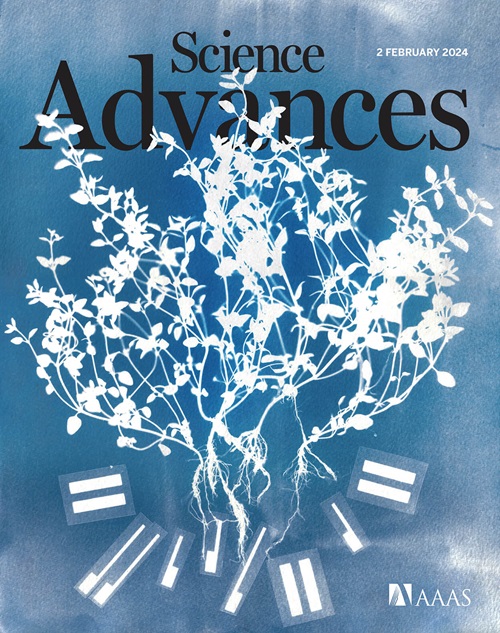Computational capacity of life in relation to the universe
IF 11.7
1区 综合性期刊
Q1 MULTIDISCIPLINARY SCIENCES
引用次数: 0
Abstract
As physical systems, all life in the universe processes information according to physical laws. Estimates for the computational capacity of living systems generally assume that the fundamental information-processing unit is the Hodgkin-Huxley neuron, thereby excluding aneural organisms. Assuming the laws of quantum mechanics, the relativistic speed limit set by light, a universe at critical mass-energy density, and a recent experimental demonstration of single-photon superradiance in cytoskeletal protein fibers at thermal equilibrium, it is conjectured that the number of elementary logical operations that can have been performed by all eukaryotic life in the history of Earth, which is shown to be approximately equal to the ratio of the age of the universe to the Planck time, is about the square root of the number by the entire observable universe from the beginning. The existence of ultraviolet-excited states in these protein fibers, operating within two orders of magnitude of the Margolus-Levitin speed limit, motivates state-of-the-art performance comparisons with contemporary quantum computers.

求助全文
约1分钟内获得全文
求助全文
来源期刊

Science Advances
综合性期刊-综合性期刊
CiteScore
21.40
自引率
1.50%
发文量
1937
审稿时长
29 weeks
期刊介绍:
Science Advances, an open-access journal by AAAS, publishes impactful research in diverse scientific areas. It aims for fair, fast, and expert peer review, providing freely accessible research to readers. Led by distinguished scientists, the journal supports AAAS's mission by extending Science magazine's capacity to identify and promote significant advances. Evolving digital publishing technologies play a crucial role in advancing AAAS's global mission for science communication and benefitting humankind.
 求助内容:
求助内容: 应助结果提醒方式:
应助结果提醒方式:


